Film cameras strike big time as it seems that DP chose celluloid to shoot the Oscar 2024 (96th Academy Awards) contenders. The most used camera is the ARRICAM (LT and ST) which, you have to admit, is an amazing fact. Additionally, there are new cameras on that list (Raptor, Komodo, ZCAM, FX3). Explore the camera charts below based on the IndieWire Cinematography Survey.

Oscar 2024 contenders: Cameras and lenses
IndieWire reached out to the directors of photography whose films are among the most critically acclaimed of the year, in order to explore which cameras and lenses they used (Make sure to read the IndieWire’s article where you can find DP’s explanation of how they used their gear). As the tradition calls, we took the data to build friendly charts, trying to find a significant tendency and segmentation. Surprisingly, the most used camera is the ARRICAM. First, below you can find the list that contains the name of the film, DP, cameras, and lenses:
- “All Dirt Roads Taste of Salt”. DP: Jomo Fray. Camera: ARRICAM LT. Lenses: ARRI Master Primes
- “All of Us Strangers”. DP: Jamie D. Ramsey. Camera: ARRICAM ST. Lenses: ARRI Master Primes
- “Anatomy of a Fall”. DP: Simon Beaufils. Camera: ARRI ALEXA Mini LF. Lenses: Anamorphic Hawk V-Lite
- “Asteroid City”. DP: Robert Yeoman. Camera: ARRICAM ST and ARRICAM LT. Lenses: Cooke S4, ARRI Master Anamorphic
- “Barbie”. DP: Rodrigo Prieto Format. Camera: ARRI ALEXA 65. Lenses: Panavision System 65
- “The Bikeriders”. DP: Adam Stone. Camera: Panavision Millennium XL2. Lenses: Panavision G-Series
- “The Boys in the Boat”. DP: Martin Ruhe. Camera: Sony VENICE, Z-CAM. Lenses: ARRI Alfa Anamorphic
- “Cassandro”. DP: Matias Penachino. Camera: ARRI ALEXA Mini LF. Lenses: Panavision H Series
- “La Chimera”. DP: Helene Louvart. Cameras: ARRICAM LT, ARRIFLEX 416, Bolex 16mm. Lenses: ARRI Ultra Primes
- “The Color Purple”. DP: Dan Laustsen. Camera: ARRI ALEXA Mini LF. Lenses: ARRI Signature Primes
- “El Conde”. DP: Ed Lachman. Camera: ARRI ALEXA Mini LF. Lenses: UlLTRA Baltar
- “Ferrari”. DP: Erik Messerschmidt. Camera: Sony VENICE 2. Lenses: Panavision Panaspeed
- “Fingernails”. DP: Marcéll Rev. Camera: ARRICAM LT. Lenses: Zeiss Super Speed
- “Foe”. DP: Mátyás Erdely. Camera: ARRI ALEXA 65. Lenses: ARRI DNA
- “Godland”. DP: Maria von Hausswolff. Camera: ARRICAM LT, ARRIFLEX 435. Lenses: Zeiss Super Speed
- “The Holdovers”. DP: Eigil Bryld. Camera: ARRI ALEXA Mini. Lenses: Zeiss Superspeed
- “Innity Pool”. DP: Karim Hussain. Camera: ARRI ALEXA Mini. Lenses: Canon K-35, Angenieux 25-250 Zoom, Helios 44, Laowa 12mm, Laowa Macro Probe 24mm
- “John Wick 4”. DP: Dan Laustsen. Camera: ARRI ALEXA Mini LF. Lenses: ARRI Alfa Anamorphic
- “The Killer”. DP: Erik Messerschmidt. Camera: RED V-Raptor, RED Komodo. Lenses: Leica Summilux-C
- “Killers of the Flower Moon”. DP: Rodrigo Prieto. Camera: ARRICAM ST, ARRICAM LT, Sony VENICE, Vision Research Phantom. Lenses: Panavision T Series Anamorphic, Petzval Anamorphic
- “Maestro”. DP: Matthew Libatique. Cameras: Panavision Panaflex Millennium XL. Lenses: Panavision Vintage Primes
- “May December”. DP: Christopher Blauvelt. Camera: ARRI ALEXA 35. Lenses: Kowa Cine Prominar
- “Napoleon”. DP: Dariusz Wolski. Camera: ARRI ALEXA Mini LF. Lenses: Panavision 65 Vintage, Angenieoux EZ zooms
- “Nyad”. DP: Claudio Miranda. Camera: Sony VENICE 2, Sony FX3. Lenses: ARRI Master Primes, Fuji Zooms
- “Oppenheimer”. P: Hoyte van Hoytema. Camera: IMAX MKIV, IMAX MSM 9802, Panavision Panaflex System 65 Studio. Lenses: Hasselblad, Panavision Sphero 65, Panavision System 65
- “Past Lives”. DP: Shabier Kirchner. Camera: Panavision XL2. Lenses: Panavision Vintage, Panavision Ultra speed, Primo Zooms
- “Perfect Days”. DP: Franz Lustig. Camera: Sony VENICE 2. Lenses: Canon K35 TLS rehoused
- “Poor Things”: DP: Robbie Ryan. Camera: ARRICAM ST, ARRICAM LT. Lenses: ARRI Master Zooms
- “Priscilla”. DP: Philippe Le Sourd. Camera: ARRI ALEXA 35. Lenses: Panavision Ultra Speed
- “Rustin”. DP: Tobias Schliessler. Camera: ARRI ALEXA Mini LF. Lenses: ARRI DNA
- “Saltburn”. P: Linus Sandgren. Camera: Panavision Panaflex XL2. Lenses: Panavision Primo Primes
- “A Thousand and One”. DP: Eric K. Yue,. Camera: ARRI ALEXA Mini. Lenses: Panavision Super Speeds, Panavision Primo
- “The Zone of Interest”. DP: Łukasz Żal. Camera: Sony VENICE. Lenses: Leitz M
Oscar 2024 – Camera Chart
Explore the chart which is based on the list above. It’s worth mentioning that we simplified the chart, to make it more user-friendly. We unified ARRICAM LT with ST, VENICE 2 with 1, Panavision film cameras, and ARRIFLEX 416 with 435. Click on the chart for a full-resolution view:
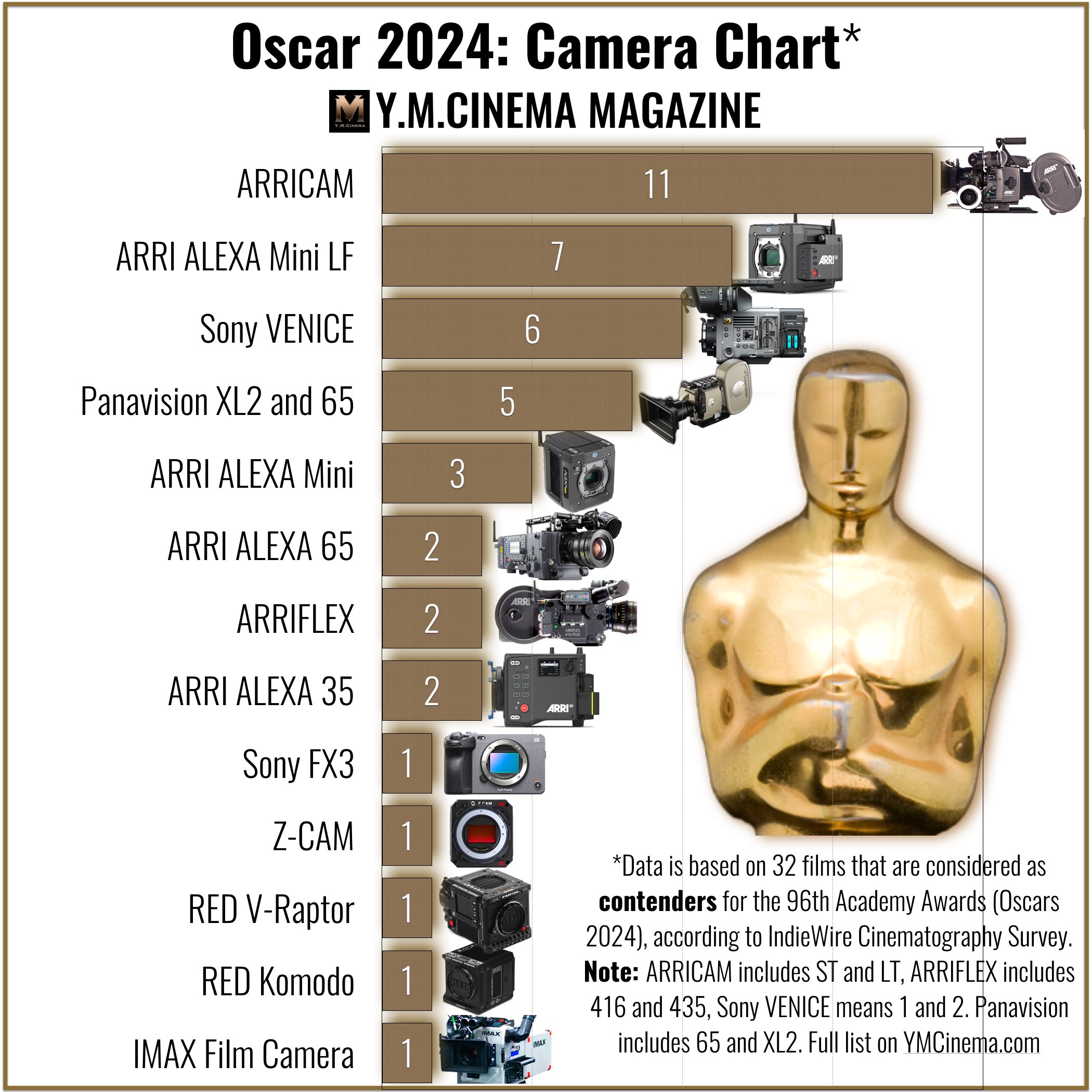
Film vs. Digital Segmentation
We also made a chart demonstrating the significant segment of film cameras compared to digital. In the chart you can find the list of cameras used by the 96th Academy Awards contenders:

Discussion
Rise of the ARRICAM
In the 1990s, ARRI acquired the Moviecam company and incorporated some of its camera technologies into the ARRICAM ST and LT, which were—and remain—the most advanced 35 mm motion picture film cameras ever produced. Indeed, the chart confirms that. Many DPs just like the simplicity and robustness of the ARRICAM machines, to shoot beautiful celluloid imagery with them. Although the ARRICAM has been extremely popular in all major film festivals (Cannes, Sundance, and Oscar), they were placed in a good spot just in the middle. However, for the first time, the ARRICAM takes 1st place above other very popular digital cinema cameras. In that list, the ARRICAM is even more popular than the ARRI Mini LF, and VENICE. That would be a major blessing since there’s nothing like shooting on film. Film still grants the most beautiful imagery, and artistic-wise, tased over even when compared to the most advanced digital sensors.
New cameras on the list
There are also new cameras entering that list. First, there’s the ARRI ALEXA 35, and the Sony VENICE 2 which both are new cameras. The Sony VENICE 2 is slowly replacing the VENICE 1, and we think that in next year’s list, we’ll see much more VENICE 2 than 1 (and also BURANO?). As for the ARRI 35, we expected to see more of it in that list. DPs still prefer using large sensor cameras, when shooting digitally. Furthermore, RED enters the list with its DSMC3 models (Raptor and Komodo – both on the same project – “The Killer” shot by the acclaimed DP Erik Messerschmidt). Additionally, it’s nice seeing the Z CAM which was utilized in “The Boys in the Boat”. DP Martin Ruhe explained to IndieWire that he used the Z CAM to shoot in boats: “For special rig shots we mounted Z-Cameras onto the boat and used Leica M lenses for those shots” he said. In that case, the Z CAM was matched together with the Sony VENICE 1 paired with ARRI Alfa Anamorphic lenses. This is not surprising, since the Z CAM has been utilized lately on high-budget Hollywood films (Meg 2: The Trench, and Mission: Impossible 7).
And IMAX
The only IMAX camera in the list belongs to Nolan’s Oppenheimer, shot by Hoyte van Hoytema. We know that IMAX film cameras are not comparable to any other cameras on an award list, as they are rarely available. Anyway, Hoytema utilized two models of IMAX which are: the IMAX MKIV and the IMAX MSM 9802.
Sony FX3 stars again
Last but not least, we can’t ignore the small Sony FX3 in the Oscar Camera Chart. No, this is not connected to The Creator. This time, the FX3 was utilized by DP Claudio Miranda to shoot the underwater sequences in “Nyad”. The FX3 shot ProRes RAW via Atomos recorder and was matched with the Sony VENICE 2.

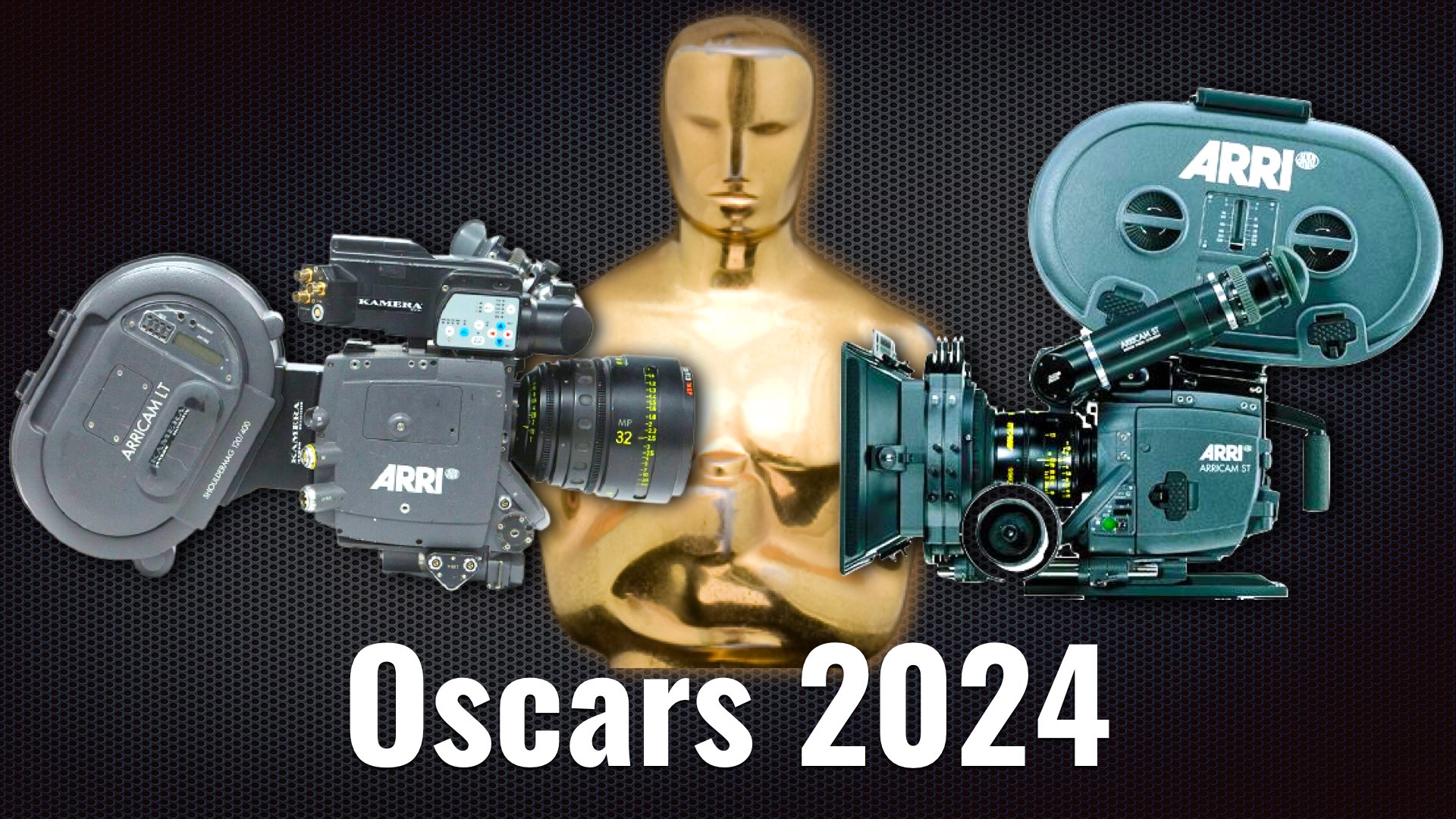
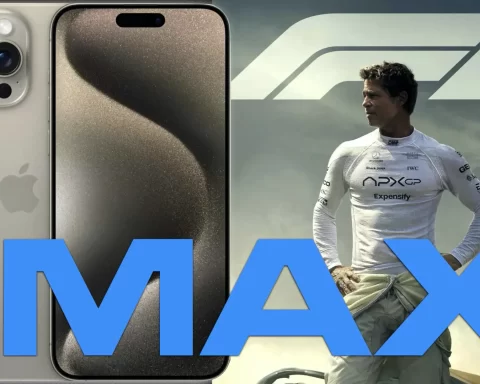
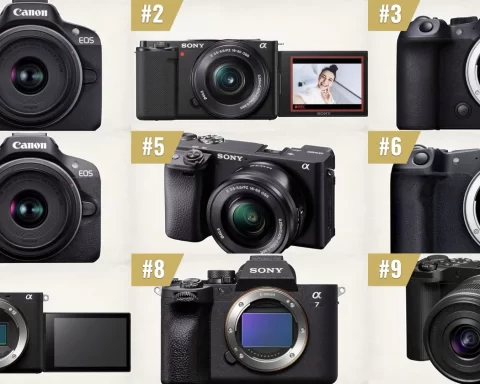


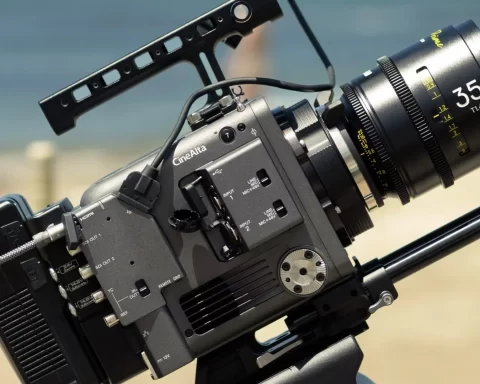


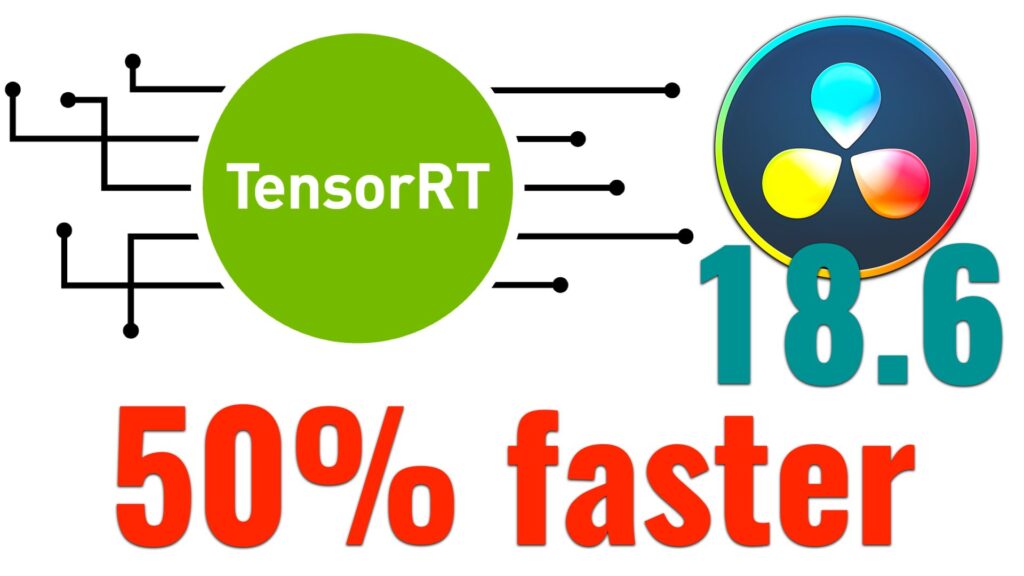
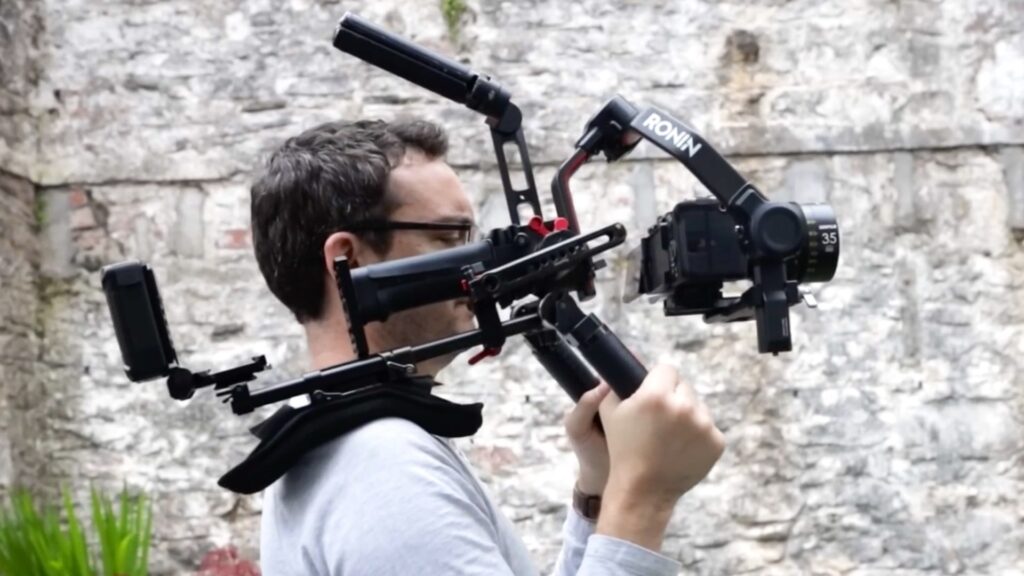
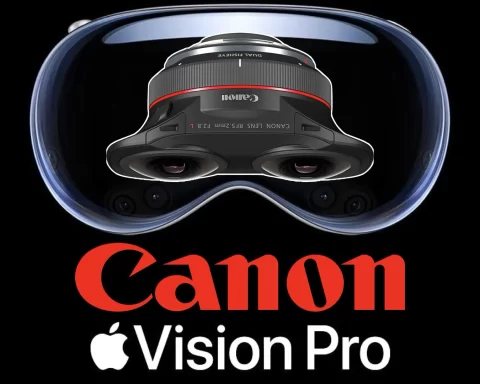




This are fantastic news! Hollywood has to shot more on Film again.
Nothing and no digital Camera comes close to the beauty and magic character of Film.
No movie will ever be recognised as a true Classic, when it was shot on digital. It’s that simple.
A whole Industry is fighting and genotising Film, trying to copy it in it’s deepest dna, while admiring it, but don’t use it much more because of convenience – absolute bizarre
Agreed. This is great news that film usage seems to be picking up again. I hope this continues to be the case. Digitally-photographed movies (and TV shows, but to a lesser degree) generally do nothing for me. Film is truly special and it’s what makes “films,” well, films… Now if we could only get theaters and the studios to go back to projecting film prints. Digital projection is disgusting. It has ruined the theater experience.